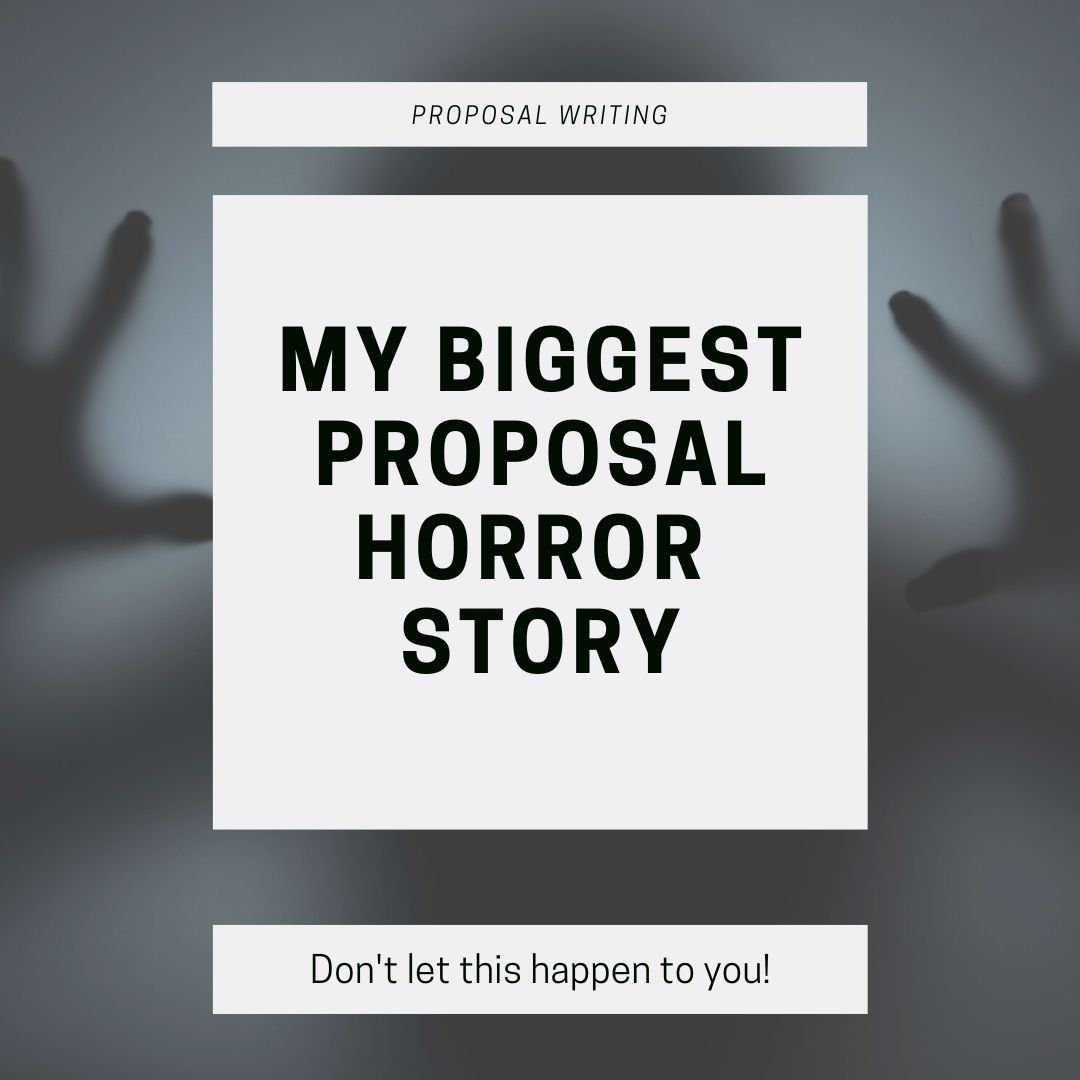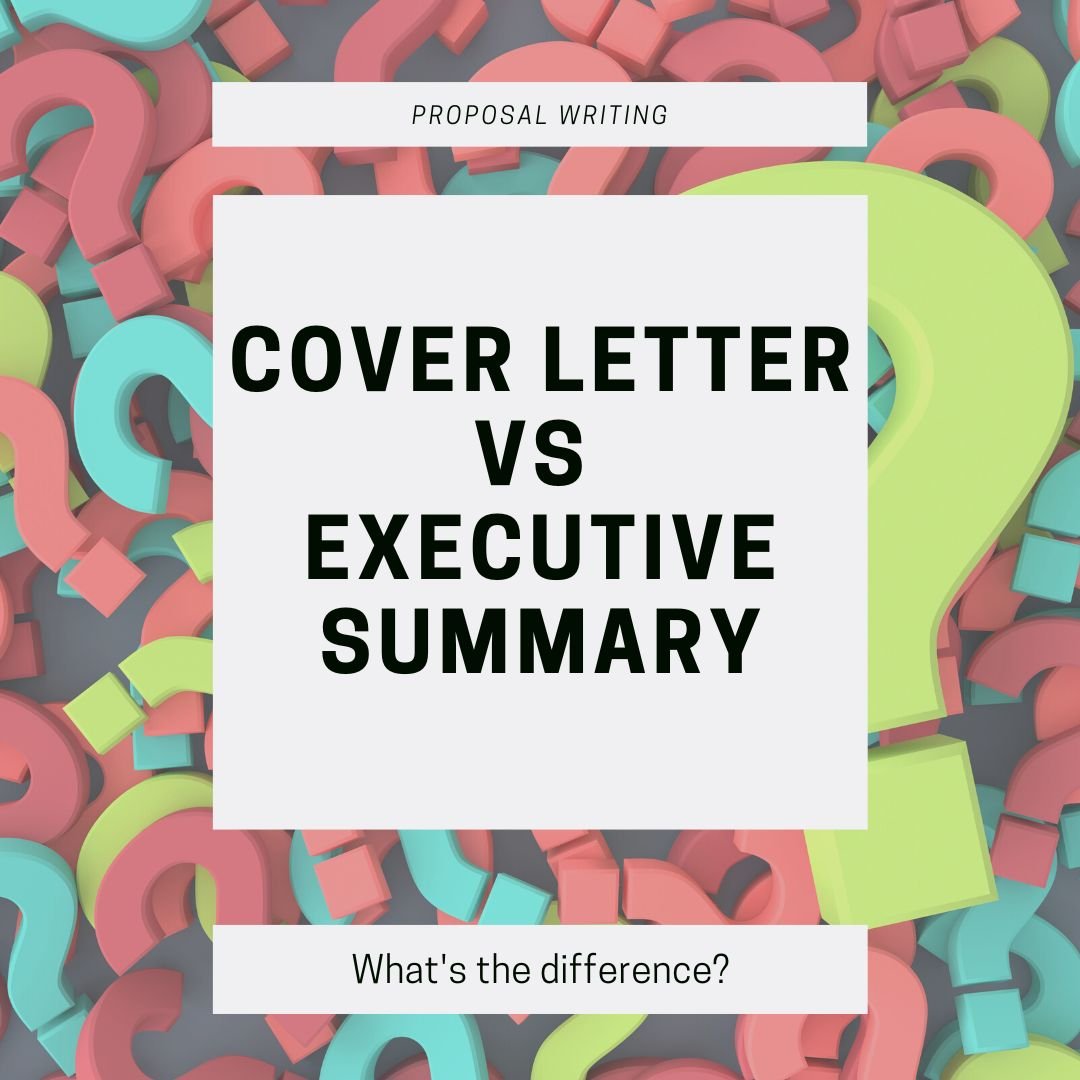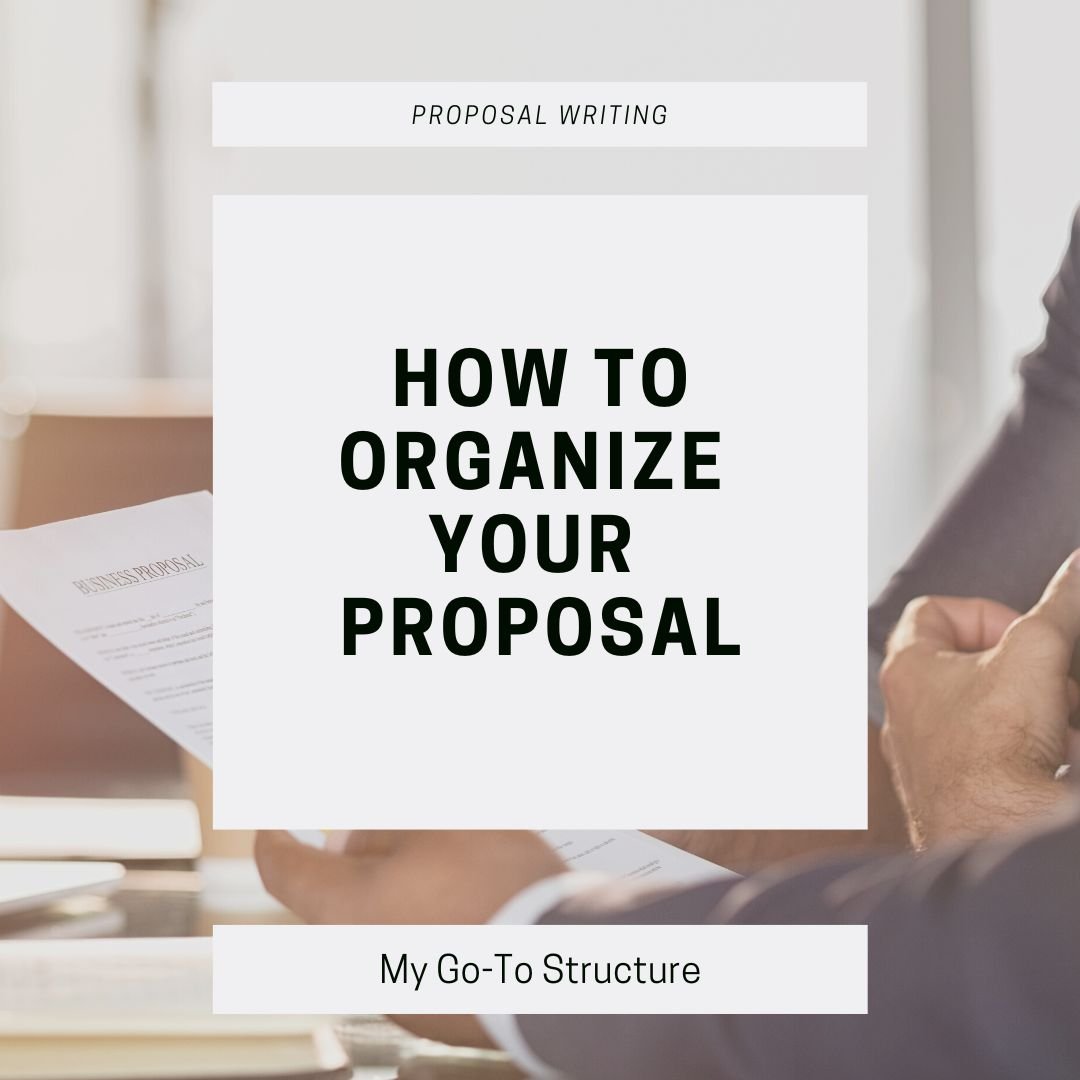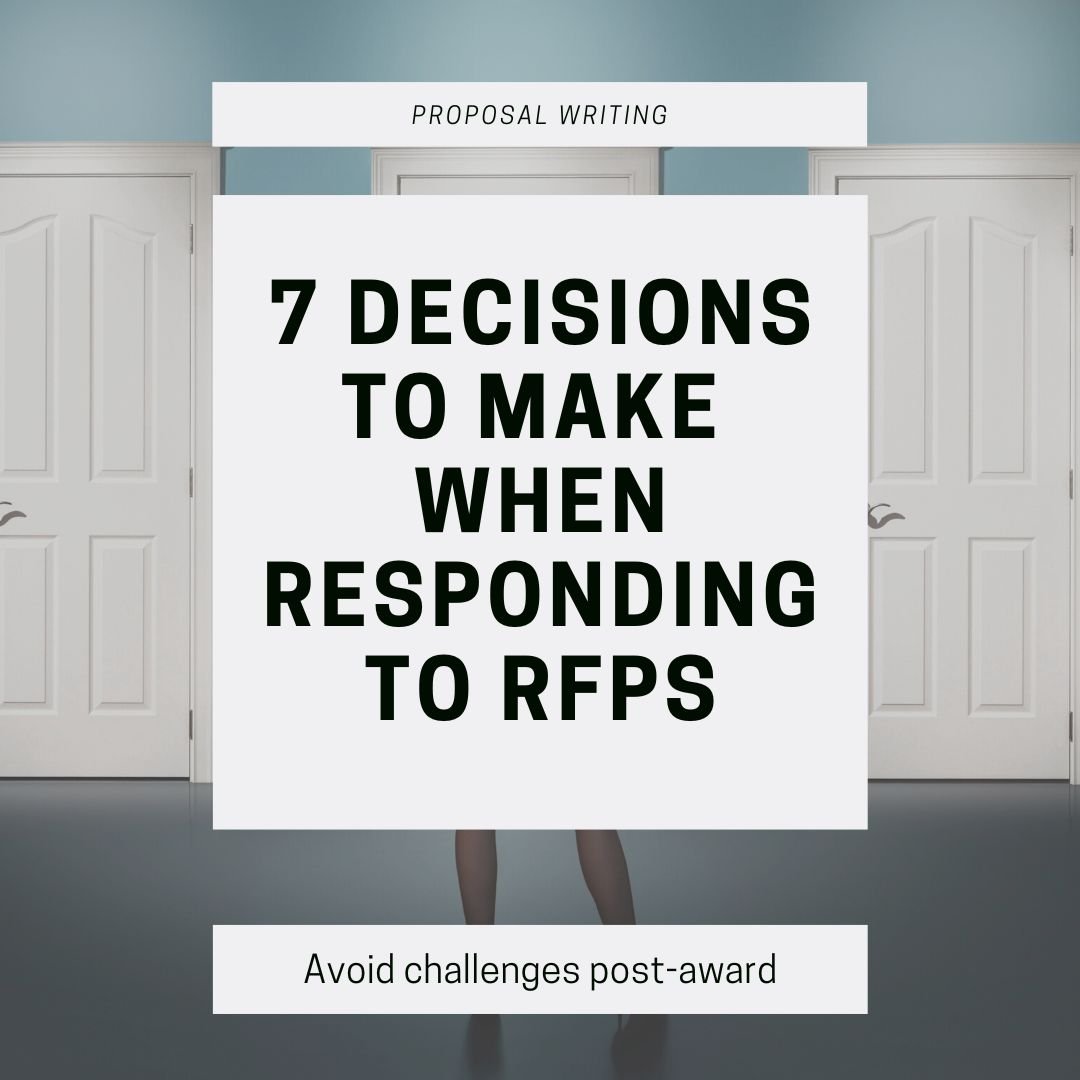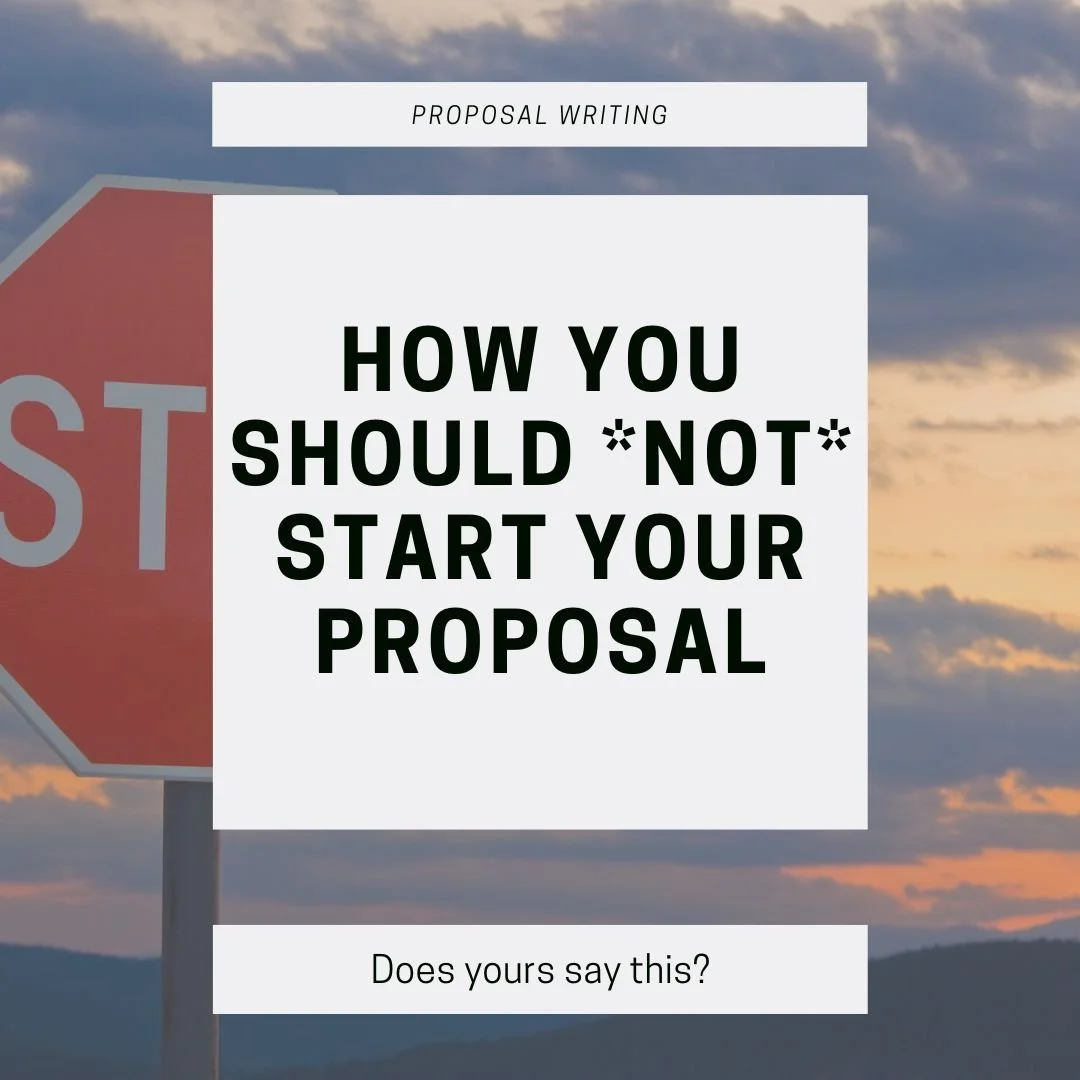With the start of a new year, many of us are hard at work planning out where to focus our energy for the next twelve months. Below is a list of a few popular proposal goals to inspire your planning, with steps you can take to actually achieve them!
Of all the most common proposal sections, the one that I’m asked about again and again is the Executive Summary.
Most Executive Summaries are only 1-2 pages long, yet they seem to strike fear in the heart of any writer, stalling typing and bringing up a new round of writer’s block. The reasons for hesitation vary–some people ask what exactly should be included. Others want to make sure they’re starting the proposal off with the right tone. I’ve heard concerns that this is the only section the client will read, making it even more overwhelming and difficult to craft.
Read MoreOne question a lot of companies ask is “what tool should I be using for my proposals?”
My answer to this question: it depends on your proposals.
So if you often send out non-RFP proposals, I’d like to share what I like about Pandadoc for proposals, what I don’t, and how to determine if it’s a good fit for your company.
Read MoreOver the past decade I have met countless proposal professionals. Most have a love/hate relationship with proposals – a love of putting together a winning proposal and a hatred of the constant deadlines, red tape, and stress that comes with working on projects with so much money on the line.
Many people stick with it though because once you get the hang of it, proposal writing can actually become fun.
If you’re waiting for that day to happen, or you’re hoping to hire a proposal writer who sticks around, below are a list of the most common traits I’ve encountered in successful proposal writers, and tips on how to develop these traits on your own.
Read MoreWhen working on a proposal, so much consideration goes into how to phrase your offering, what to include as examples, where to place your pitch, and how to reduce jargon so the reader better understands your solution. With so much focus on the actual words on the page, it can be easy to overlook the design of your proposal. While most companies have a modern, updated template, if yours is not, it can hurt your company’s credibility and authority no matter how well you write your content.
To avoid getting stuck in the “no” pile, follow these simple design tweaks to create a proposal design that helps your company stand out in the best way.
Read MoreEach time a new contract award is announced, you may be wondering, “How did they do that?”
Whether you keep losing to the same competitor, your win rate is lower than you like, or you send out proposals only to never hear back, it’s easy to start thinking that maybe there is some secret key to winning proposals that you’re missing.
Fortunately for you, winning proposals tend to have a few traits in common, no matter the industry or if they’re for RFPs or not.
Keep reading for the four most common traits of successful proposals!
Read MoreWith huge revenue potential, RFPs can be a very appealing option for many businesses. You search for the perfect RFPs, save the due dates, and add them to your to-do list to get started.
And before you know it, the due date passes with no proposal submitted.
If this has happened to you, don’t worry. RFPs can be overwhelming and challenging to complete. While they sound great in theory, in practice it takes a lot of energy to actually respond to the RFP (and even more to win!).
Below are some of the most common challenges companies face that make getting started with RFPs difficult.
Read MoreWhen you search for proposal tips, you’ll find endless lists of rules to follow and recommendations on how to write your proposal. While all of these rules are full of good intentions and will make your proposal stronger, there are a few that you can maybe ignore.
Here are the top 5 proposal “rules” that I love to break.
Read MoreSometimes an RFP lands on your desk and all you have time to do is answer the questions, fill out the forms, and send it off to the customer.
In an ideal world, you would have time to create a well-planned win strategy to score more points and ultimately win the project.
If you’re in a position now where you’re ready to start incorporating a more sound strategy into your proposal process, then you’re likely wondering “Where do I start?”.
In today’s blog post, I’m sharing my exact, step-by-step proposal writing process that you can follow to create winning proposals, even if you’re not a writer.
Read on to learn more!
Read MoreOn a random November Wednesday many years ago I learned that a rainy day in Vegas is not the same as a rainy day in the Midwest.
That particular Wednesday was the due date for the largest proposal I had worked on up until that point. Estimated at $20 million per year with 4 optional renewal years (a total of five years), it was a lot of money, and a lot of work.
Read MoreOne question that has come up several times in the past few weeks is “How do I write faster?” Especially when dealing with RFP deadlines, everyone wants to know how to make the process easier to hit more deadlines while still creating quality proposals.
I tend to be a quick writer naturally, and over time, I’ve developed a few additional strategies to help me write my first drafts even faster. If you’re watching the clock and wondering how to make your writing easier, try out some of the tactics below!
Read MoreWhether a prospect asked you to send over a proposal or you have a formal RFP on your desk, you’ve likely encountered recommendations to include a cover letter and/or executive summary in your proposal. If you’ve read instructions on how to write either, then you may be left wondering, “What’s the difference?”.
While these two sections have many similarities, there are key differences between cover letters and executive summaries, including when and how you should use them.
Read MoreI started writing proposals in response to RFPs, and while RFPs have many cons, knowing what they want to see in the proposal is typically not one of them. Many RFPs detail the exact format to send as your bid, making my job a lot easier.
This isn’t always the case, unfortunately.
I remember the first time I had to create a proposal that wasn’t an RFP. It landed on my desk, and I asked my boss at least four times, “But how do I organize it?”
In the years since that stressful moment, I’ve worked on more and more proposals that don’t have a specific structure (including creating my own proposals as part of my business). In that time, I’ve developed a proposal structure that works no matter what you’re selling.
Let’s take a look at how you should organize your proposal in a few different situations.
Read MoreWhen an RFP lands on your desk, the first thing you do is open it up and start searching for everything needed to respond and win the project.
As you scroll through the document, you see requirement after requirement, questions followed by more questions, and a seemingly endless compilation of forms to be sent in with your proposal.
By this point you start to wonder, “How am I going to remember all of this?”
If you’ve ever been in that situation, then this post is for you!
Read MoreRFPs have the potential to bring large amounts of revenue into an organization while also bringing the risk of wasted time working on these competitive proposals.
To ensure you put your best foot forward, these seven key decisions will help you determine if an RFP is right for your company.
Read MoreEver since I started working on proposals, I’ve had very few that ran right up to the deadline.
I do everything possible to avoid those situations because they are incredibly stressful, especially when dealing with RFPs; if you miss deadline, you’re out of the running.
I hate working up to the last minute because it means that we likely are behind on establishing a clear win strategy, content came in at the last minute, or changes were being made to pricing and/or the solution right up until it was time to hit submit.
Since those last minute changes can dramatically affect the quality of your proposal (and sometimes result in costly mistakes), I follow a clear process each time that allows me to establish strategy from the beginning, get the content started early, and hit deadlines time and time again.
Read MoreOne of the biggest complaints I hear is how time-consuming proposal writing can be.
At many companies, proposals fall to the salesperson, marketer, business owner, or assistant, all of whom have many additional responsibilities that must be completed in addition to proposal writing.
If that’s the case for you, then the steps below can help you to streamline your process, so you spend less time creating proposals and more time ticking items off your to-do list.
Read MoreWhen I drafted my first proposal, I had zero business writing experience. I knew very little about what would actually help sell within the proposal, and my general idea was that business writing had to be dry, technical, and to-the-point.
Like most people, to figure out what I should do, I turned to Google for answers. Our proposal template at the time started with a cover letter, and many cover letter examples (and even proposal examples) had similar opening sentences:
Read MoreTechnical proposal writing requires an understanding of the proposed solution, your audience, and the main pain points. Writing the technical content of a proposal can be overwhelming and time consuming, but done well, it can result in a new project and/or client.
Read MoreA top concern for many sellers is keeping proposal content clear, direct, and to the point. While clear and concise proposals are essential for selling, if you keep your proposal too short, you might be leaving out key information that can help you sell. Read on to learn key information to add to your proposals, and what you should remove.
Read More









